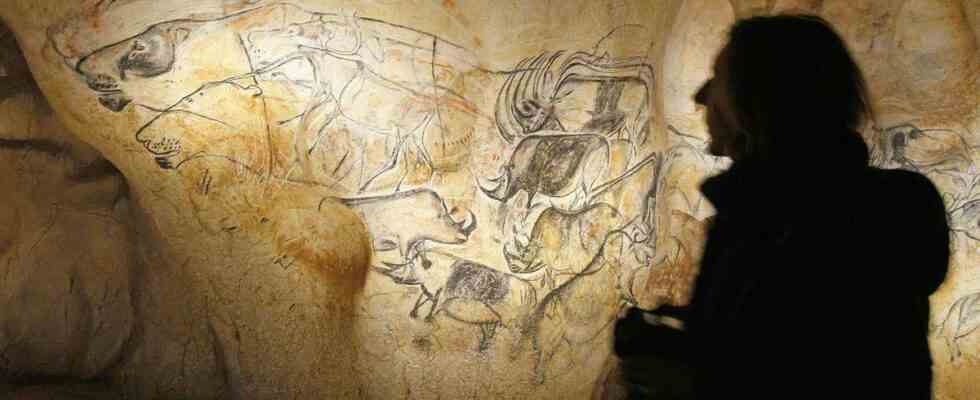Almost thirty years after its discovery by three speleologists in Ardèche, the Chauvet cave has not yet delivered all its mysteries. Researchers from all walks of life come every year to explore the prehistoric site, listed as a UNESCO World Heritage Site, to continue to unlock its secrets. Recently, a fossilized excrement, also called coprolith in scholarly language, was unearthed by archaeologists in the depths of the cave, which houses exceptionally rich paintings and animal engravings.
This fossilized poop landed a year ago on the desk of Christophe Hitte, CNRS research engineer at the Institute of Genetics and Development in Rennes. Using the radiocarbon dating method on bone fragments from the coprolite, the scientist first discovered that the excrement was 35,000 years old. “It roughly corresponds to the age of the paintings,” he points out.
The wolf had eaten a cave bear
The crap dated, it now remained to discover who was its author. To find out, the Breton researcher reduced the fossil to powder in an attempt to collect DNA traces. And something quite rare, these were in abundance. “This testifies to the excellent conservation of the Chauvet cave”, indicates Christophe Hitte. DNA sequencing then revealed that the animal in question was a female canine. In this case a wolf genetically close to the gray wolves of Europe. “It is a distant descendant because the identified species is extinct”, specifies the scientist.
Not at the end of his surprises, Christophe Hitte also discovered cave bear DNA in the coprolite, but in much smaller quantities than canine DNA. Conclusion, our wolf had therefore devoured a cave bear in the Chauvet cave before defecating.
Had she attacked him before killing him? “It’s only a hypothesis, but it is more likely that she ate his corpse”, assures the CNRS researcher, who has just published the results of his research in the British scientific journal Ecology and Evolution. “It’s very interesting because we continue to advance in the knowledge of these species that populated the Chauvet cave”, he concludes.

